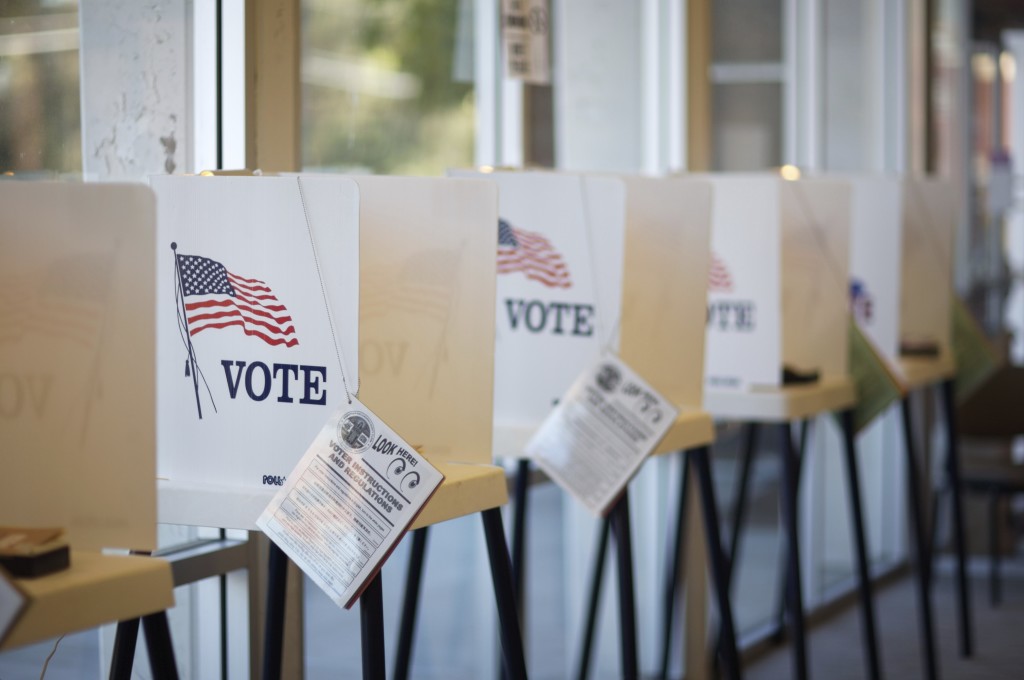Primary elections, which are commonly referred to as simply primaries, is the pre-election process for constituents to select their preferred candidate for upcoming general elections at all levels of government. Depending on the state, primaries are structured a little differently:
- Open Primary: An open primary allows for any registered voter, regardless of declared political affiliation, to cast a vote.
- Closed Primary: A closed primary is restricted to voters registered with the same party that has candidates running.
At the presidential level, the outcome of state primaries influence how delegates vote during the national convention. A delegate is essentially a representative of the respective state who votes on behalf of the constituency at the national party convention.
Both parties take a different approach when determining how many delegates are “pledged” to vote for the candidates at the national conventions.
The Democrats use a proportional method, determined by the state political party or by the number of votes they received in the primary election. For example, let’s say that in a state with 50 delegates that had 3 candidates, candidate X received 60% of all caucus and primary votes, candidate Y received 30%, and candidate Z received 10%. In this example, Candidate X would get 30 delegates, candidate Y would get 15 delegates, and candidate Z would get 5 delegates.
If it sounds complicated, it is.
For the Republican Party, each state has the option to choose either the proportional method, like the Democrats, or a “winner-take-all” structure, where the candidate with the most votes from the state’s caucus or primary receives all of the state’s delegates at the convention.
Currently, Democrats are gearing up for the 2020 primary process—which will take place beginning February 2020; the democratic national convention is scheduled for July 13-16, 2020.
Although the process is long and seems to overtake our news cycle, primaries ultimately help constituents of their respective party unite behind one candidate. Only time will tell how this spectacle of a primary race will shake out.



